The single coral structure was so large that the researchers sailing there initially thought they had stumbled upon a giant shipwreck.
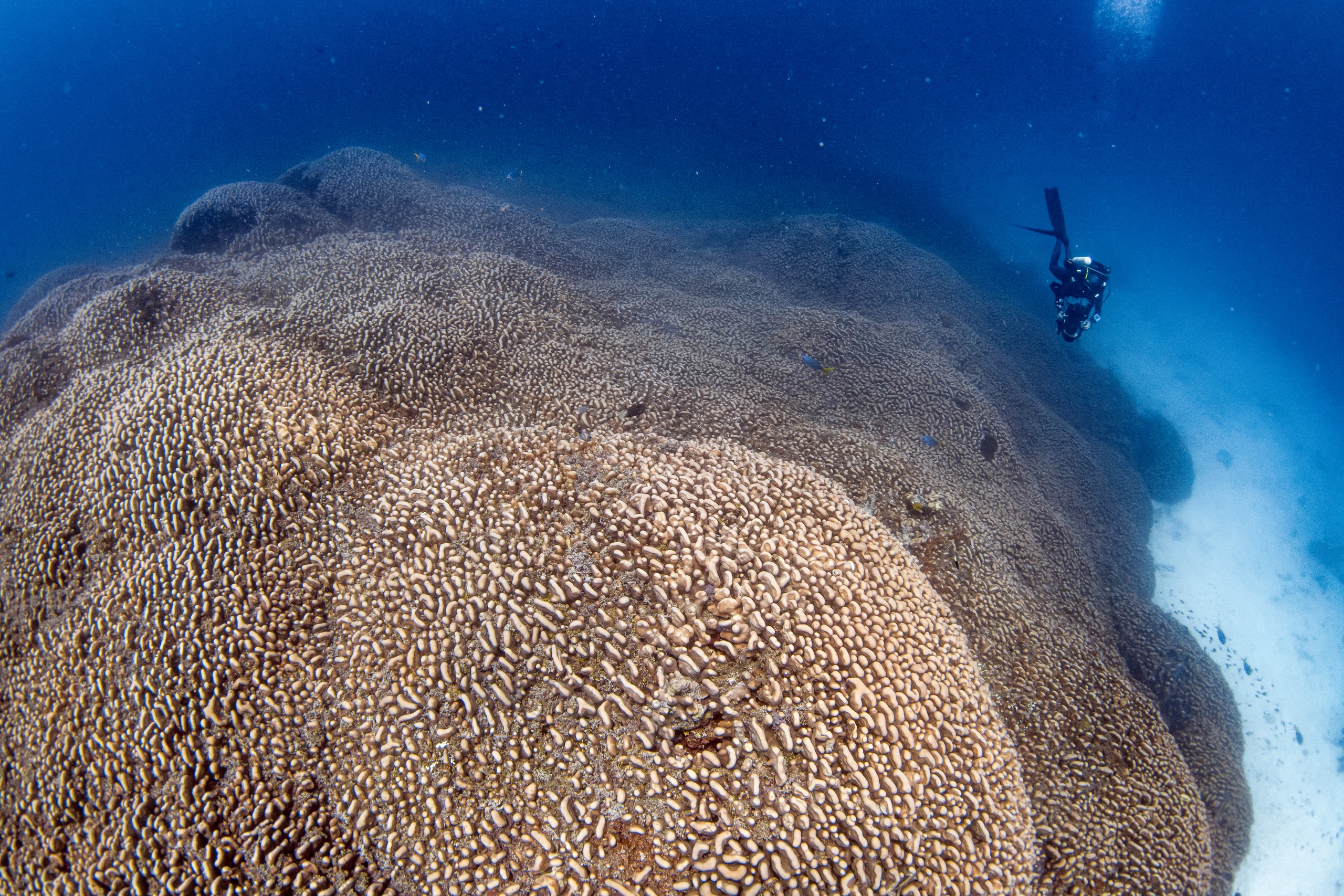
The coral structure looks like ice cream starting to melt, spreading forever along the seafloor
Scientists have announced the discovery of the world's largest coral structure, "full of life and colour" near the Solomon Islands in the Pacific Ocean.
The coral is so large that researchers sailing in the crystal clear waters of the Solomon Islands initially thought they had stumbled upon a giant shipwreck, AFP reported today, November 14.
“Just when we thought there was nothing left to discover on planet Earth, we find a giant coral structure made up of nearly a billion tiny polyps, pulsating with life and color,” said marine ecologist Enric Sala.
The researchers said the isolated structure, which evolved over about 300 years, was made up of a “complex network” of tiny coral polyps. This is different from a coral reef, which is made up of many separate coral colonies.
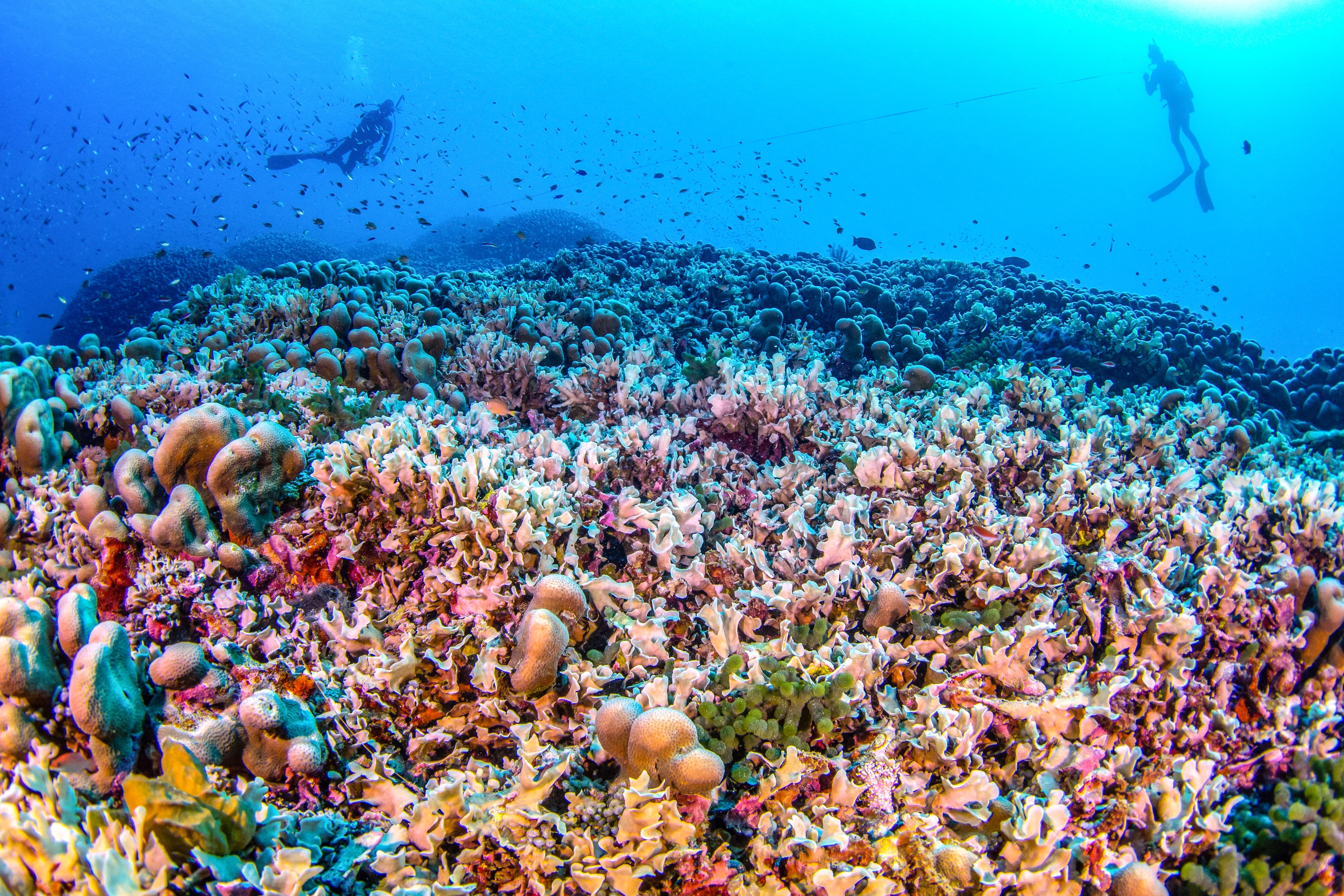
Coral structures full of life and color
Measuring 34 x 32 m, this giant coral is three times larger than the previous record holder, the "Big Momma" coral discovered in American Samoa.
"While Big Momma looked like a giant scoop of ice cream dropped onto the reef, this newly discovered coral is as if the ice cream started to melt, spreading forever along the seafloor," said lead researcher Molly Timmers of the National Geographic Society (NGS).
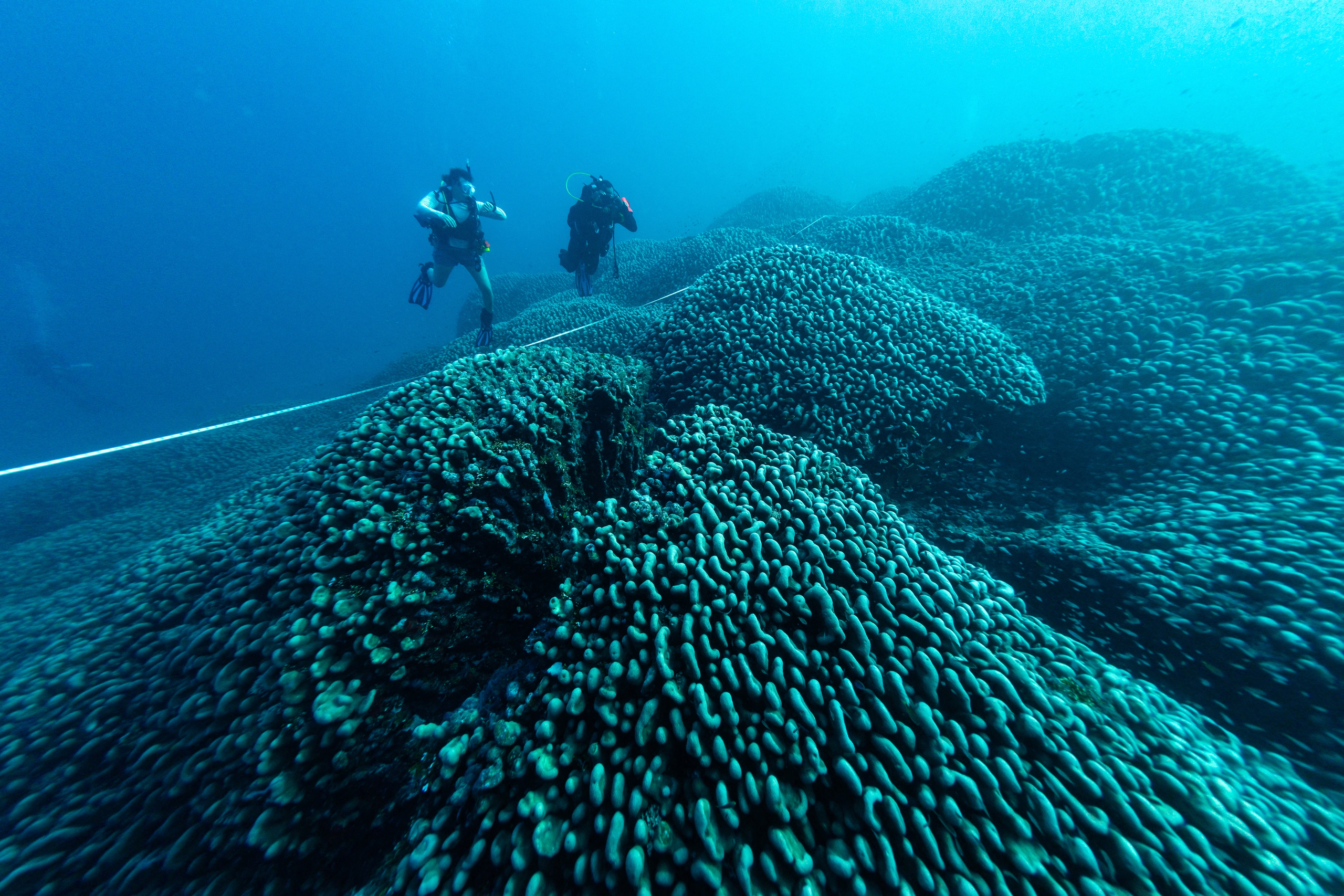
Experts explore newly discovered coral reef
The newly discovered coral structure is longer than a blue whale and is said to be so huge it can be seen from space. The coral was discovered on the southeastern tip of the Solomon Islands by an NGS expedition team in the region.
Hotter and more acidic oceans have depleted coral life in many tropical waters in the region, including Australia's famous Great Barrier Reef.
Coral "bleaching", new technique helps prevent
The latest discovery offers a glimmer of hope, the team said.
“While nearby shallow reefs have been degraded by warmer seas, seeing this large and healthy coral oasis in slightly deeper waters is a ray of hope,” said coral reef scientist Eric Brown.
Collin Beck, an official in the Solomon Islands, said the new discovery opened the door to knowledge and there was much more to be discovered about life under the sea. "More scientific research is needed to better understand our rich ecosystem and our planet," he said.
Source: https://thanhnien.vn/phat-hien-cau-truc-san-ho-don-le-khong-lo-o-thai-binh-duong-185241114143944803.htm


![[Photo] President Luong Cuong receives US Secretary of War Pete Hegseth](https://vphoto.vietnam.vn/thumb/1200x675/vietnam/resource/IMAGE/2025/11/02/1762089839868_ndo_br_1-jpg.webp)

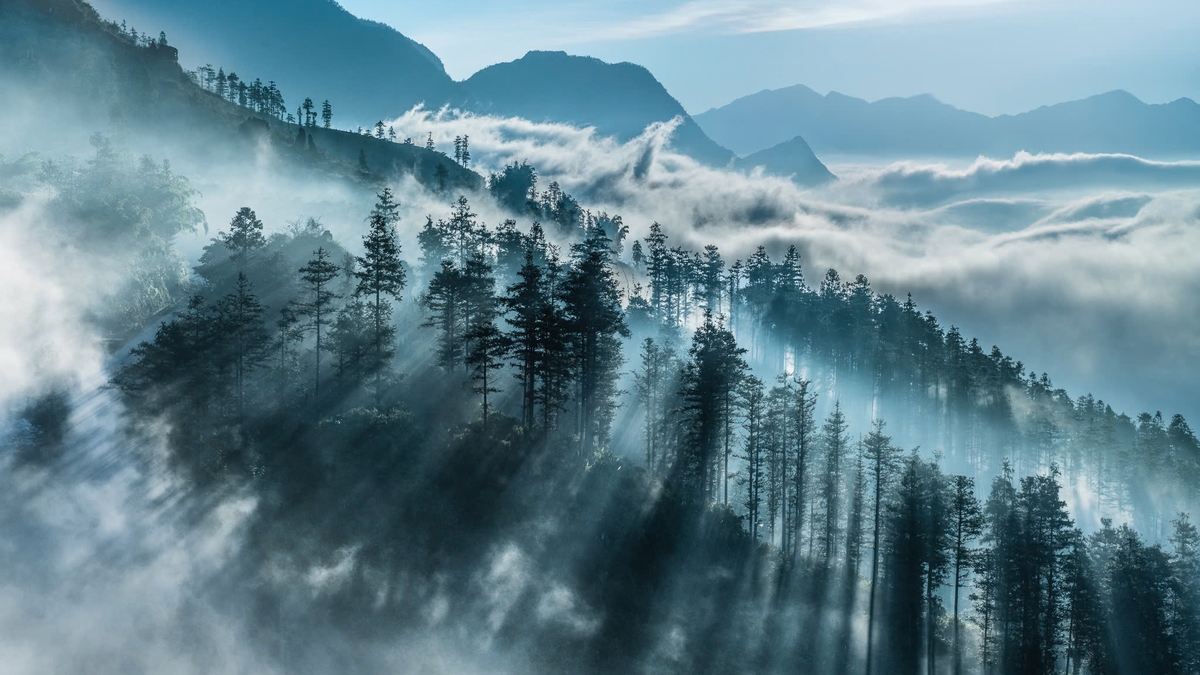
![[Photo] Lam Dong: Images of damage after a suspected lake burst in Tuy Phong](https://vphoto.vietnam.vn/thumb/1200x675/vietnam/resource/IMAGE/2025/11/02/1762078736805_8e7f5424f473782d2162-5118-jpg.webp)


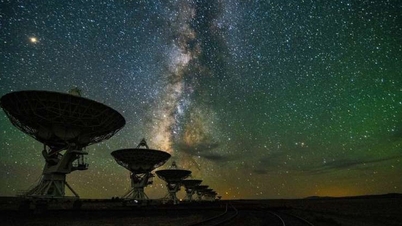






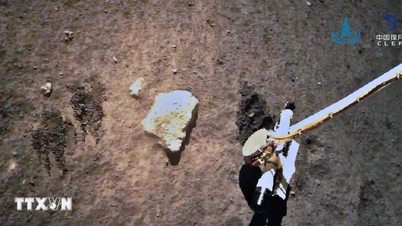




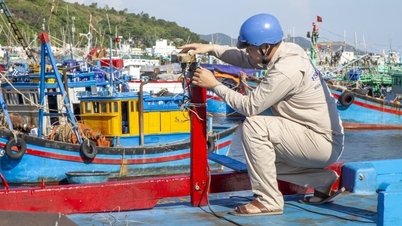




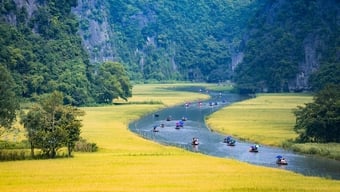














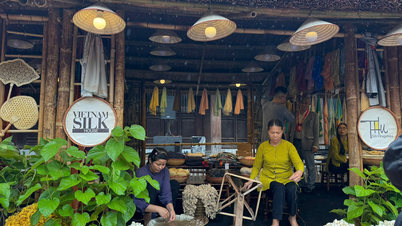

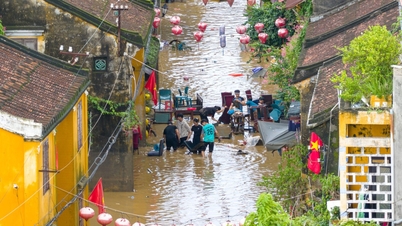

















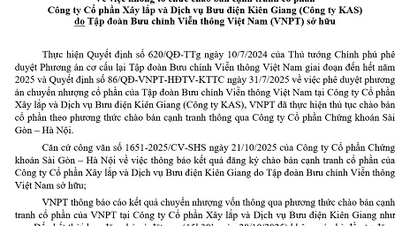




























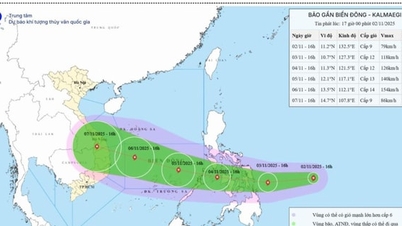















Comment (0)